Pot sizes and Sans
Cena
20 years ago
Related Stories
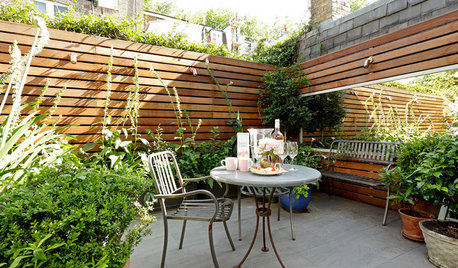
CONTAINER GARDENSPocket Gardens, Pint-Size Patios and Urban Backyards
A compact outdoor space can be a beautiful garden room with the right mix of plantings, furniture and creativity
Full Story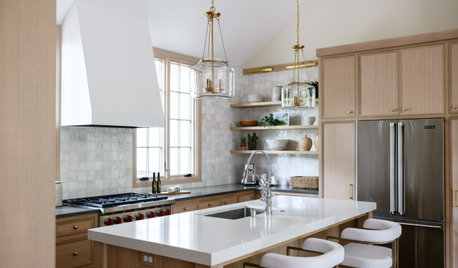
KITCHEN DESIGNHow to Choose a Kitchen Sink Size
Bigger isn’t necessarily better. Here’s how to pick the right size sink for your kitchen, needs and budget
Full Story
GARDENING FOR BUTTERFLIESBring on the Birds: Natural Habitat Ideas for Gardens of All Sizes
Provide nesting, watering and perching spots inspired by the Costa Rican jungle and watch the birds flock on over
Full Story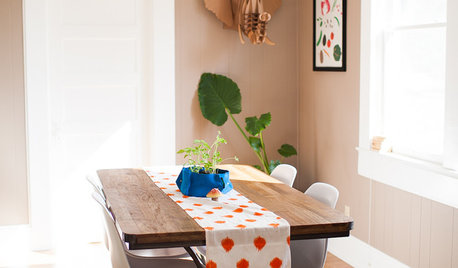
HOUZZ TOURSMy Houzz: Colorful Victorian in San Luis Obispo
A newlywed couple in Southern California mixes new with old, letting their love and creativity bloom in a Victorian rental
Full Story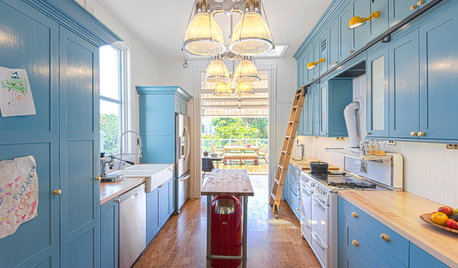
KITCHEN DESIGNKitchen of the Week: Pushing Boundaries in a San Francisco Victorian
If the roll-up garage door doesn’t clue you in, the blue cabinets and oversize molding will: This kitchen is no ordinary Victorian galley
Full Story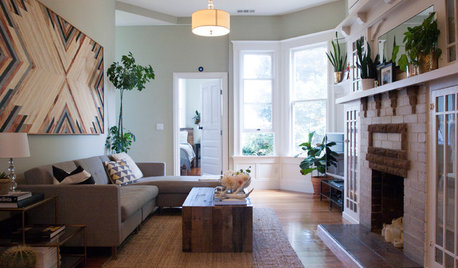
MY HOUZZMy Houzz: Laid-Back Style in a San Francisco Home
These first-time homeowners re-create the beach vibe of their SoCal hometown in a 1902 Victorian flat
Full Story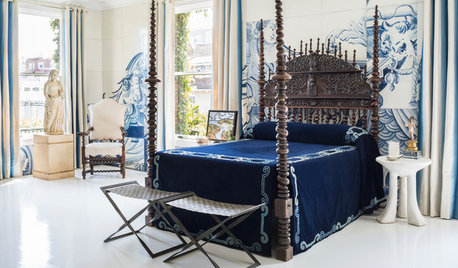
EVENTSImagination Rules at the 2014 San Francisco Decorator Showcase
Inventiveness and personal references abound in a historic show house benefiting a high school
Full Story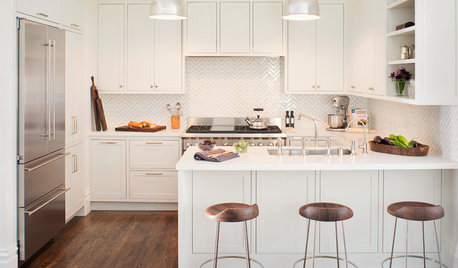
KITCHEN DESIGNWalls Come a-Tumbling Down in a San Francisco Edwardian
Fewer barriers mean better circulation, flow and connection in this family home, making it brighter and cheerier
Full Story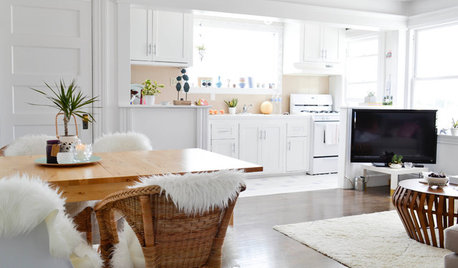
HOUZZ TOURSMy Houzz: Creative Flair Brightens a San Francisco Apartment
Furniture hacks and a cheery color palette personalize a couple’s apartment in a converted Victorian
Full Story
MY HOUZZMy Houzz: Surprising Feature in a 1908 San Francisco Home
Unusual lines, a mix of modern and traditional decor, and an indoor pool create an unexpected interior in this family home
Full StorySponsored
Columbus Area's Luxury Design Build Firm | 17x Best of Houzz Winner!
More Discussions






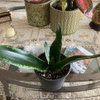

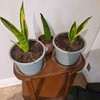
jover
ooojen
Related Professionals
West Chester Landscape Architects & Landscape Designers · Broomfield Landscape Contractors · Canyon Lake Landscape Contractors · Cedar Hill Landscape Contractors · Choctaw Landscape Contractors · Columbine Landscape Contractors · Gloucester Landscape Contractors · Laguna Hills Landscape Contractors · Teaneck Landscape Contractors · Winter Gardens Landscape Contractors · Alexandria Window Contractors · Edwardsville Window Contractors · Enumclaw Window Contractors · Payson Window Contractors · Revere Window Contractorsjon_d
ooojen
jover
CenaOriginal Author
CenaOriginal Author
theresa6
vera
jderosa
jon_d
philofriend
CenaOriginal Author
jderosa
philofriend
jon_d
philofriend
rudysimon
Retroactive
joshc
User